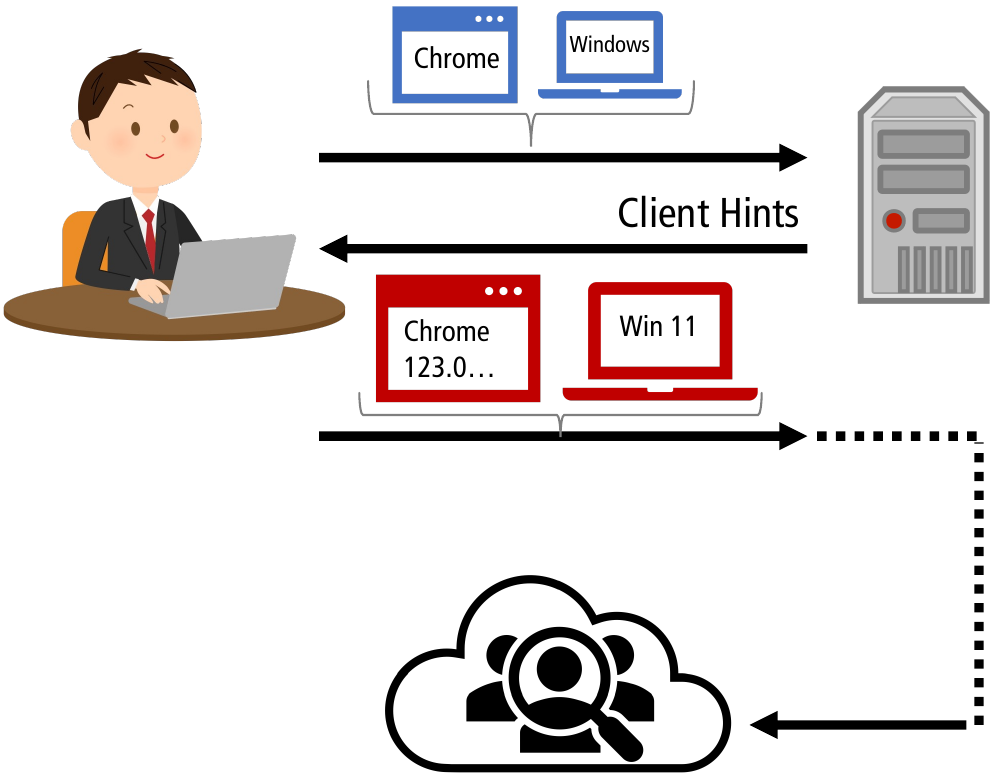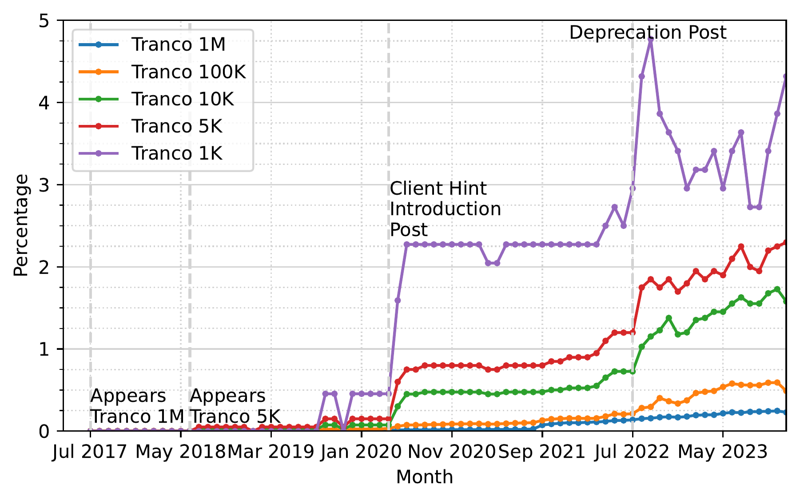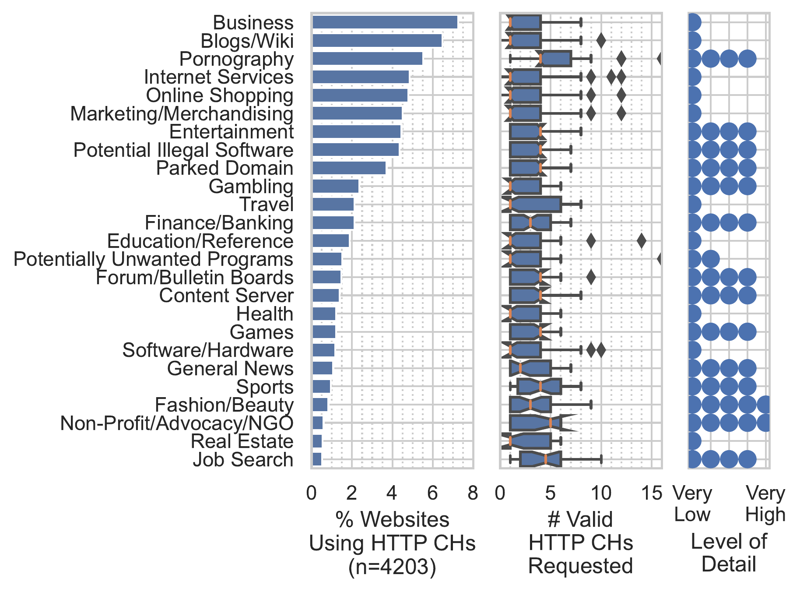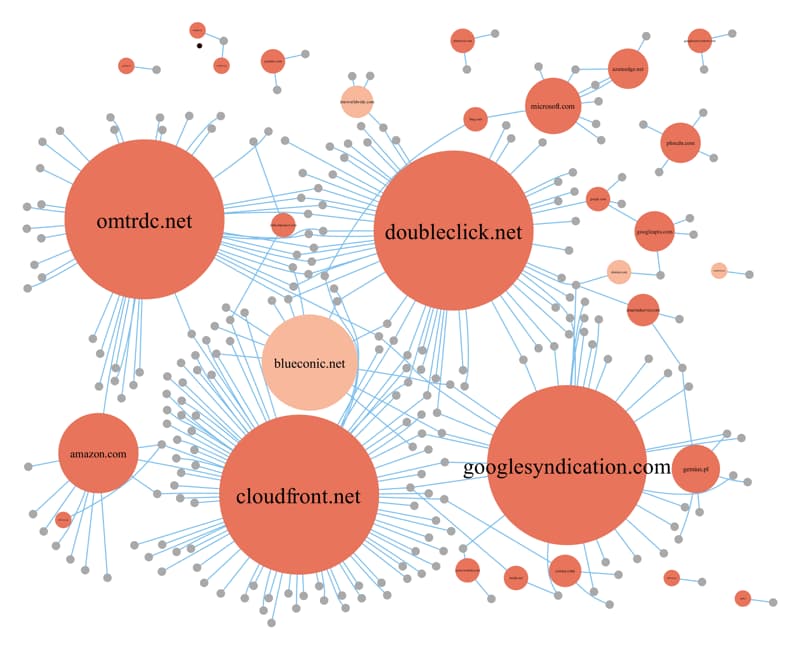
A Privacy Measure Turned Upside Down?
Investigating the Use of HTTP Client Hints (HTTP CHs) on the Web
Stephan Wiefling, Marian Hönscheid, and Luigi Lo Iacono
H‑BRS University of Applied Sciences
& swiefling.de
Summary: HTTP CHs aim to increase privacy in online browsers. Unlike the traditional user agent string, websites explicitly have to request high entropy features from users. We show how eight million websites adopt to this technology and what features they potentially use for login risk estimation as with risk-based authentication (RBA). Despite being supported in most web browsers, server-side usage of HTTP CHs remains low. However, third-party websites linked to trackers show higher adoption rates, raising privacy concerns due to potential data leakage.
Paper


